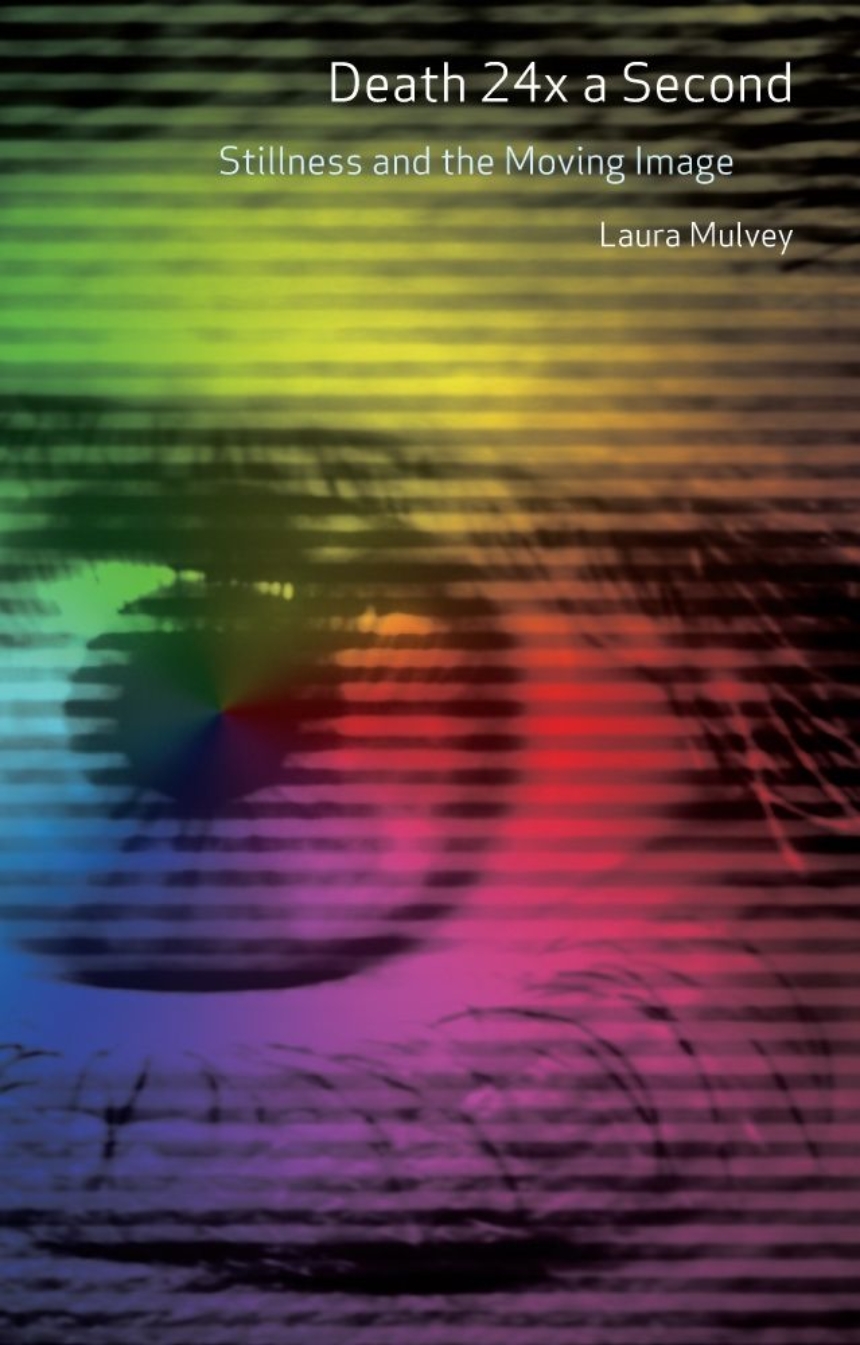Death 24x a Second is a fascinating exploration of the role new media technologies play in our experience of film. Addressing some of the key questions of film theory, spectatorship, and narrative, Laura Mulvey here argues that such technologies, including home DVD players, have fundamentally altered our relationship to the movies.
According to Mulvey, new media technologies give viewers the ability to control both image and story, so that movies meant to be seen collectively and followed in a linear fashion may be manipulated to contain unexpected and even unintended pleasures. The individual frame, the projected film’s best-kept secret, can now be revealed by anyone who hits pause. Easy access to repetition, slow motion, and the freeze-frame, Mulvey argues, may shift the spectator’s pleasure to a fetishistic rather than a voyeuristic investment in film.
By exploring how technology can give new life to old cinema, Death 24x a Second offers an original reevaluation of film’s history and its historical usefulness.
According to Mulvey, new media technologies give viewers the ability to control both image and story, so that movies meant to be seen collectively and followed in a linear fashion may be manipulated to contain unexpected and even unintended pleasures. The individual frame, the projected film’s best-kept secret, can now be revealed by anyone who hits pause. Easy access to repetition, slow motion, and the freeze-frame, Mulvey argues, may shift the spectator’s pleasure to a fetishistic rather than a voyeuristic investment in film.
By exploring how technology can give new life to old cinema, Death 24x a Second offers an original reevaluation of film’s history and its historical usefulness.
Reviews
Table of Contents
Preface
1. Passing Time
2. Uncertainty
3. The Index and the Uncanny: Life and Death in the Photograph
4. The Death Drive: Narrative Movement Stilled
5. Alfred Hitchcock’s Psycho (1960)
6. Roberto Rossellini’s Journey to Italy / Viaggio in Italia (1953)
7. Abbas Kiarostami: Cinema of Uncertainty, Cinema of Delay
8. Delaying Cinema
9. The Possessive Spectator
10. The Pensive Spectator
References
Bibliography
Acknowledgements
Index

